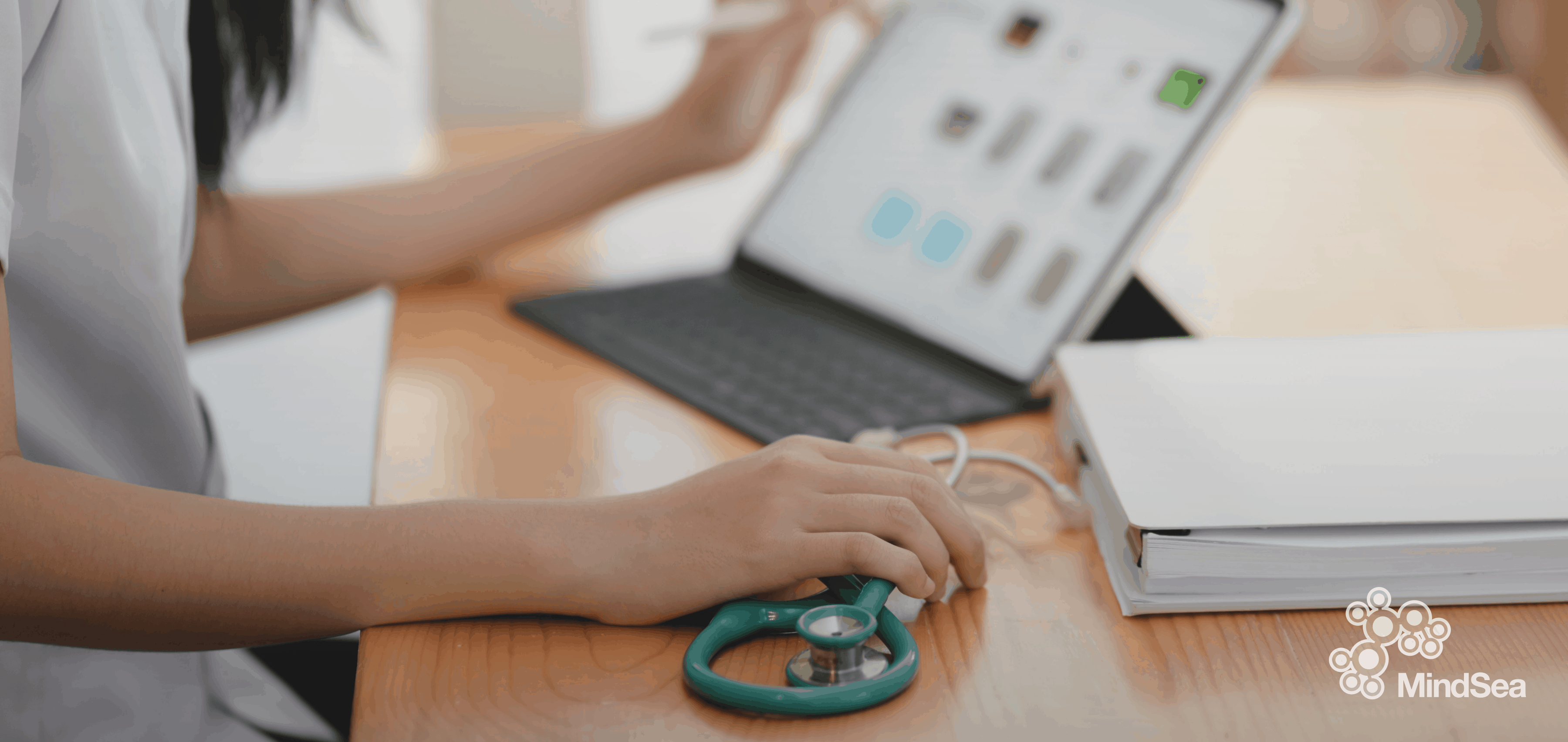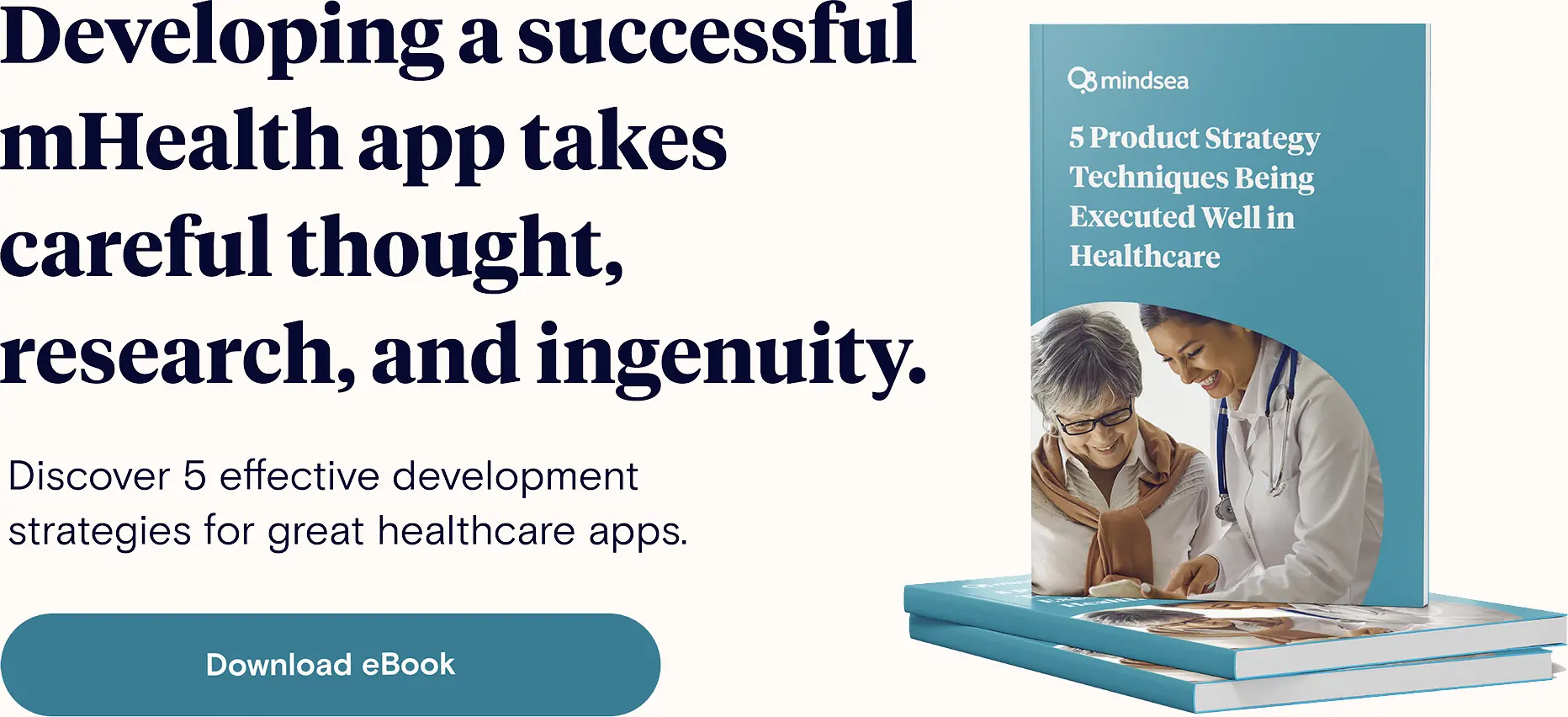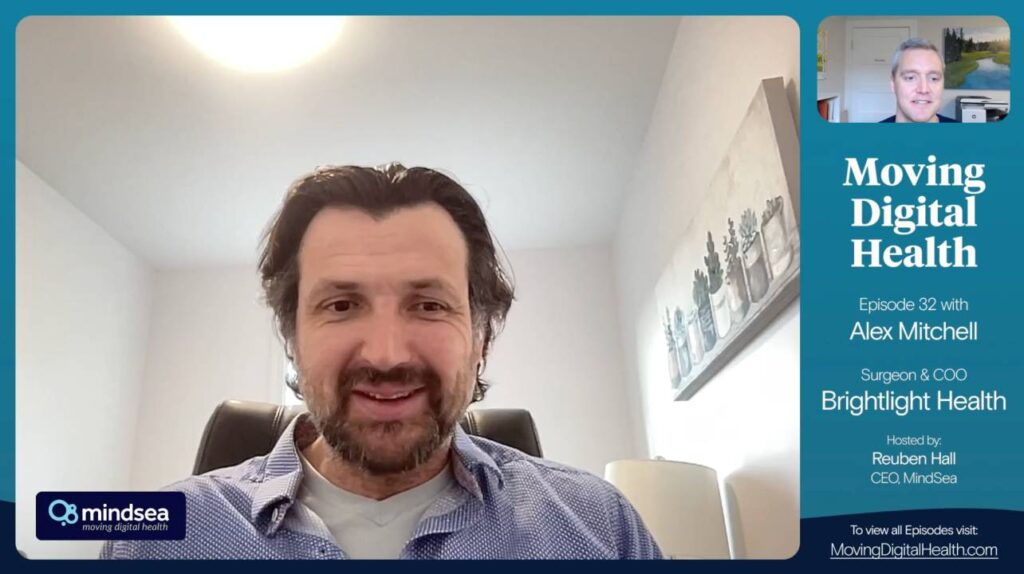The pandemic has shifted traditional in-person healthcare towards virtual concepts. It has cleared the way for a new movement of healthcare technologies used by patients.
A push for out-of-office options is more relevant than ever.
Self-monitoring, self-management, and self-care are necessary skills for the next generation of patients. Mobile health (mHealth) apps can provide a tremendous amount of assistance to support patients and the healthcare system. Self-management could potentially elevate the overall healthcare outcomes when combined with medical care treatments.
This piece will walk you through how you can scale up your mobile health product. But first, let’s clarify what mobile health apps are.
What Are Mobile Health Apps?
Mobile health apps are applications on mobile devices that support patients and users in health-related areas. The use of these apps range from chronic condition management to tracking everyday health and fitness.
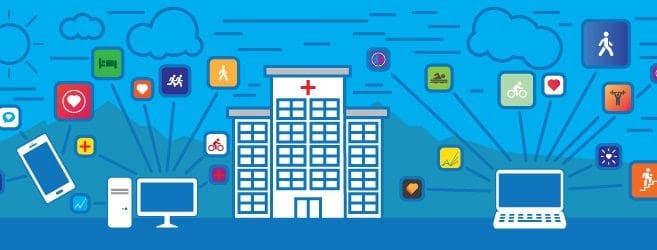
There are mHealth apps to manage diabetes, asthma, chronic pain issues, menstruation cycle tracking, pregnancy etc., not to mention all the fitness trackers for running, cycling, swimming, yoga, and weight lifting.
What these apps have in common is that they give a patient autonomy over their own health and self-care. This empowers users, supports our physicians and nurses, and makes our healthcare system more efficient.
How to Build Self-Care mHealth Apps
Self-care does not mean that you are left on your own.
Self-care means that you take responsibility to maintain and improve your health along with medical support from your health providers. The apps can help with both fitness level and the medical side of health.
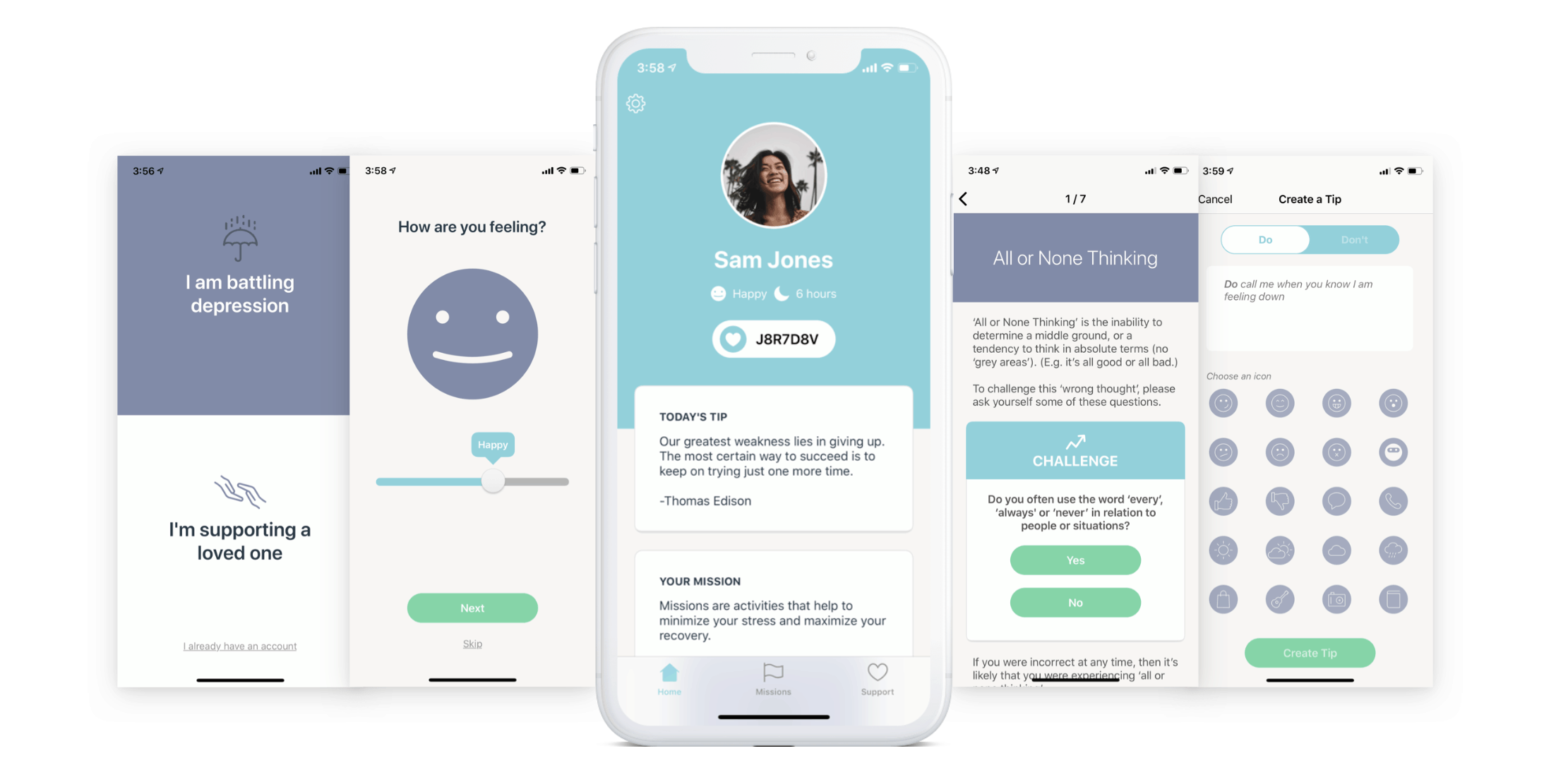
Several models have been published to improve the development of mHealth apps:
- Technology Acceptance Model (TAM)
- Health Information Technology Acceptance Model (HITAM)
- Mobile Application Rating Scale (MARS)
The TAM framework looks at technology acceptance, use, and benefits and the ease of the technology. Furthermore, the user, hardware, and social context are seen as factors that influence the use of technology. Customization is the key to attracting users.
HITAM is digging a bit deeper by including the Health Belief Model (HBM) with a focus on health tech. The Health Belief Model is being used to explain behaviours of patients.
To evaluate the aesthetics and functionality of mobile technologies, MARS is a suitable framework. It calculates a quality score designed specifically for mHealth apps, and identifies potential weaknesses before launching an app.
These frameworks were used in an Australian study that identified four areas of interest in patients’ experience when using mHealth apps: ease of use, engagement, functionality, and information management. These four areas can be used as a guideline for anyone building new mobile health apps, and will be explained below:
Ease of Use
An app has to be functional and convenient for users to avoid dropouts. The user group, including patients, is a broad audience with a wide range of literacy, health literacy, and technology literacy levels.
Automation of functions within the apps can improve usability by reducing the time of tasks. Automated data collection, including automated body movement recognition, will eliminate errors and disappointments of non-recorded events.
There is nothing worse than missing a workout by forgetting to push the record button or lack of body motion tracking.
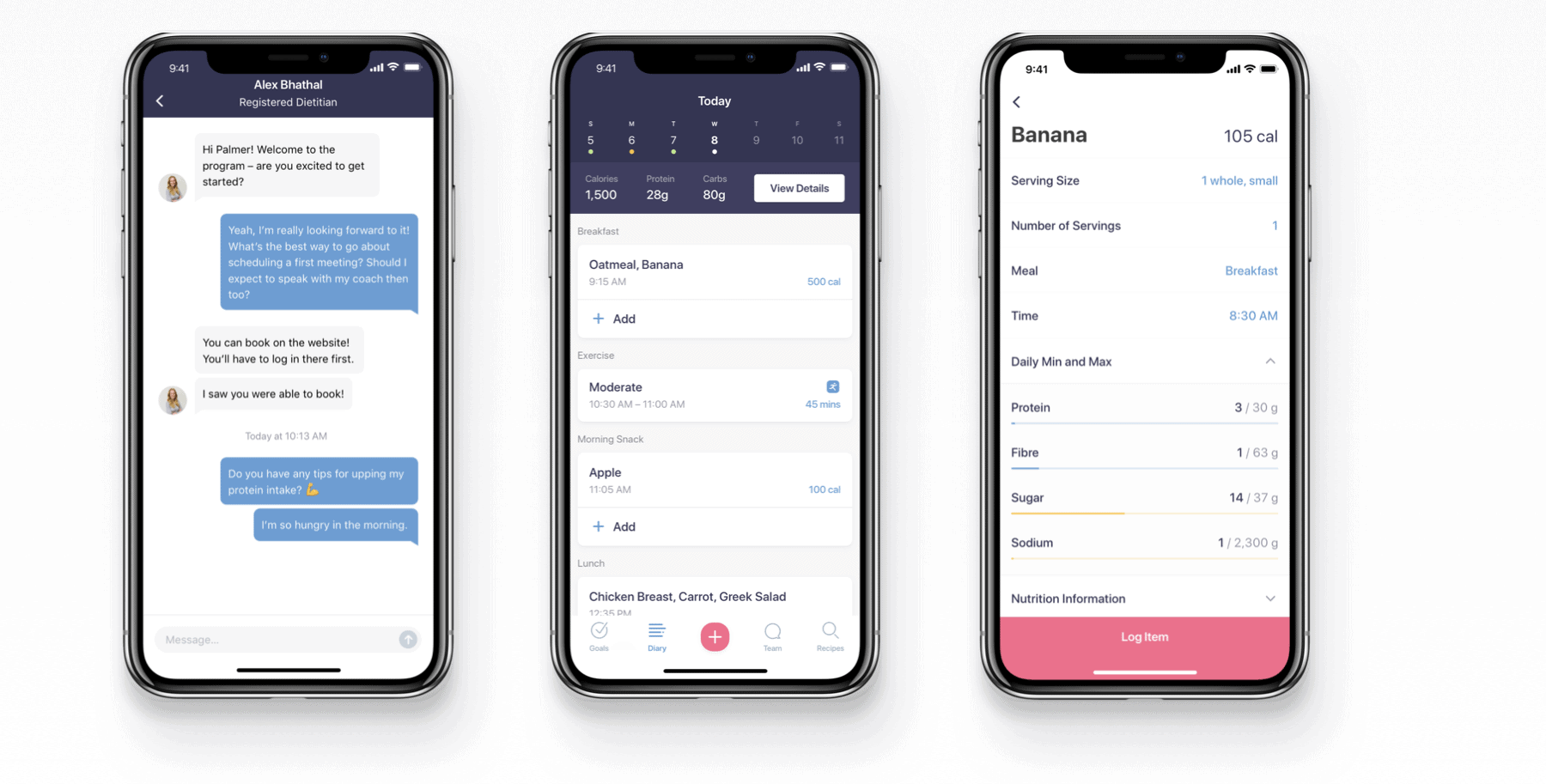
Example: Constant Health
Ideally, the fitness app could count all steps walked during a day with high precision, automatically record a bike ride, and know when you strike a yoga pose without interacting with the app. Blood pressure measurements would be transferred to the mobile device without the need for a sync button.
Engagement
Engagement can be expressed by keeping the interest of the users, but also by creating an environment for two-way interactions. This can be achieved by allowing comments or reactions along with formal health data, enabling social media sharing capabilities, and offering the option for users to compete with one another in the app.

The Australian study showed that customizing and the ability of adjustments in the apps’ life-time kept the users engaged with the mHealth apps.
Functionality
An intuitive and aesthetically-pleasing design attracts more users and keeps them “in the fold”.
Natural navigation and appropriate feedback are fundamental for all apps and especially for mHealth apps that frequently interact with the user up to several times per day. Appropriate feedback and/or push notifications are expected to be tailored for each user. It is a fine and individual balance to keep the user engaged while also not causing annoyance.
The ability to synchronize health data between apps and other peripheral devices is an expected feature. Some users have access to blood pressure devices and sports equipment with mobile connectivity that can be used in a variety of apps. Mobile health apps are also expected to be scaled up to capture more data and allow sharing across platforms so the user is not entering the same metrics in each app.
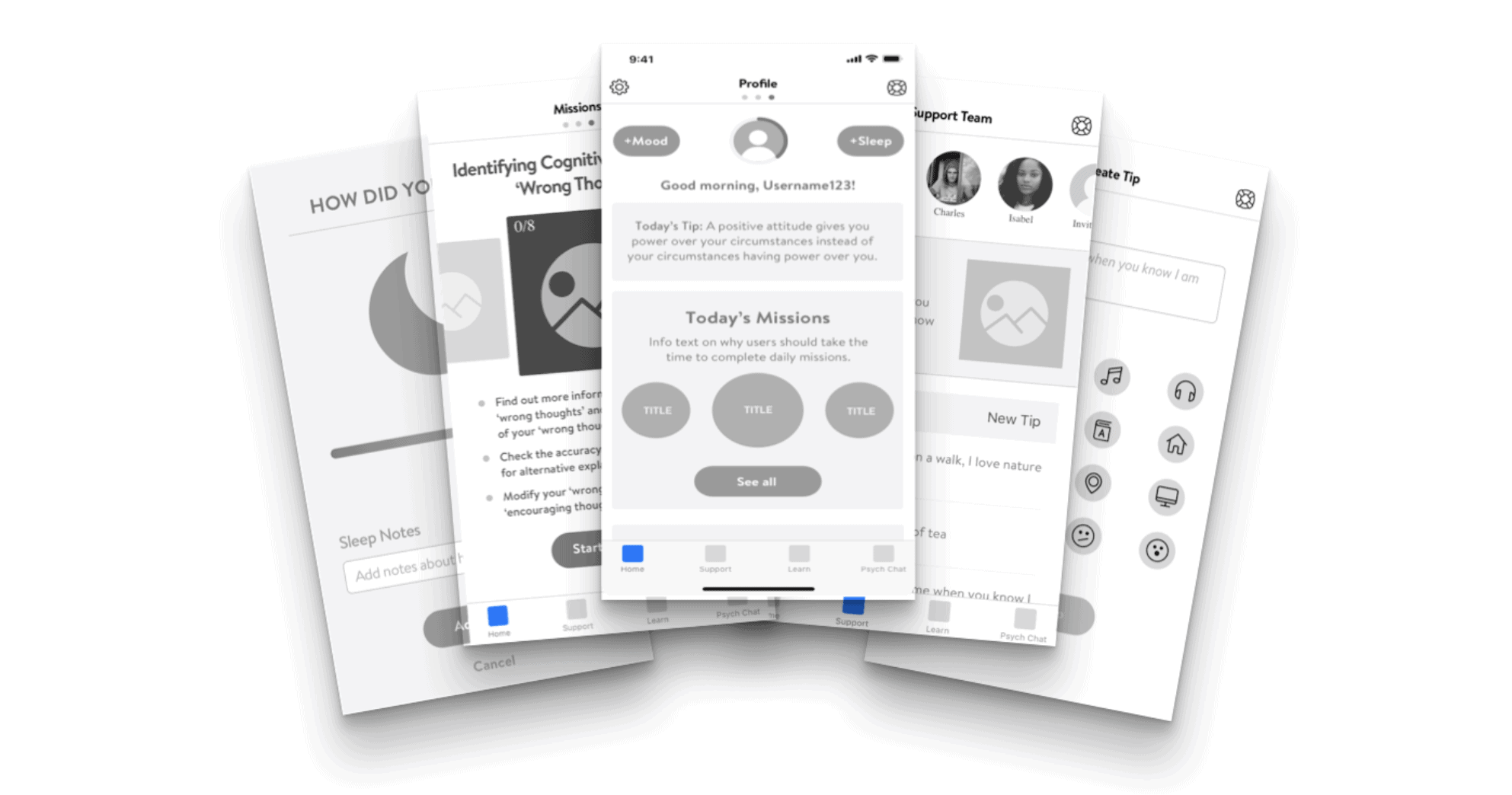
Sharing health data directly with healthcare providers is the next step. Home blood pressure assessments and diabetic blood glucose measurements are valuable data for the patients’ providers. To safely share health data across platforms, health data management is important.
Information Management
The quality of health data stored in the app depends on the accuracy of the captured data.
Health data management takes care of the data right from the beginning by processing the acquired and entered data, for example, a blood pressure, to the output. The output could be visuals, audio/video feedback, text and numbers etc. Some users prefer visuals and detailed statistics and others want short written feedback of the key achievements. Personalization is, again, everything!
Focus on Sustainability
A critical moment for mHealth apps is when the goal has been reached, meaning the patient has learned to manage their health goals on their own. Elevating the interactive experience within the app with persistent stimulation can be a life-saver for potential “out-grown” apps.
Gamification in health apps can increase the sustainability of mHealth apps along with sharing capabilities and adding competitive aspects. Earning batches and rewards for new achievements are all part of gamifying mHealth apps.
Privacy Regulations for mHealth Apps
Some users are concerned about their personal health data being shared with third parties. Apps capturing personal health information need to comply with legal standards and requirements within each area, such as HIPAA in the US and PIPEDA, and provincial acts in Canada. These legal requirements are in place to protect the users and their data.
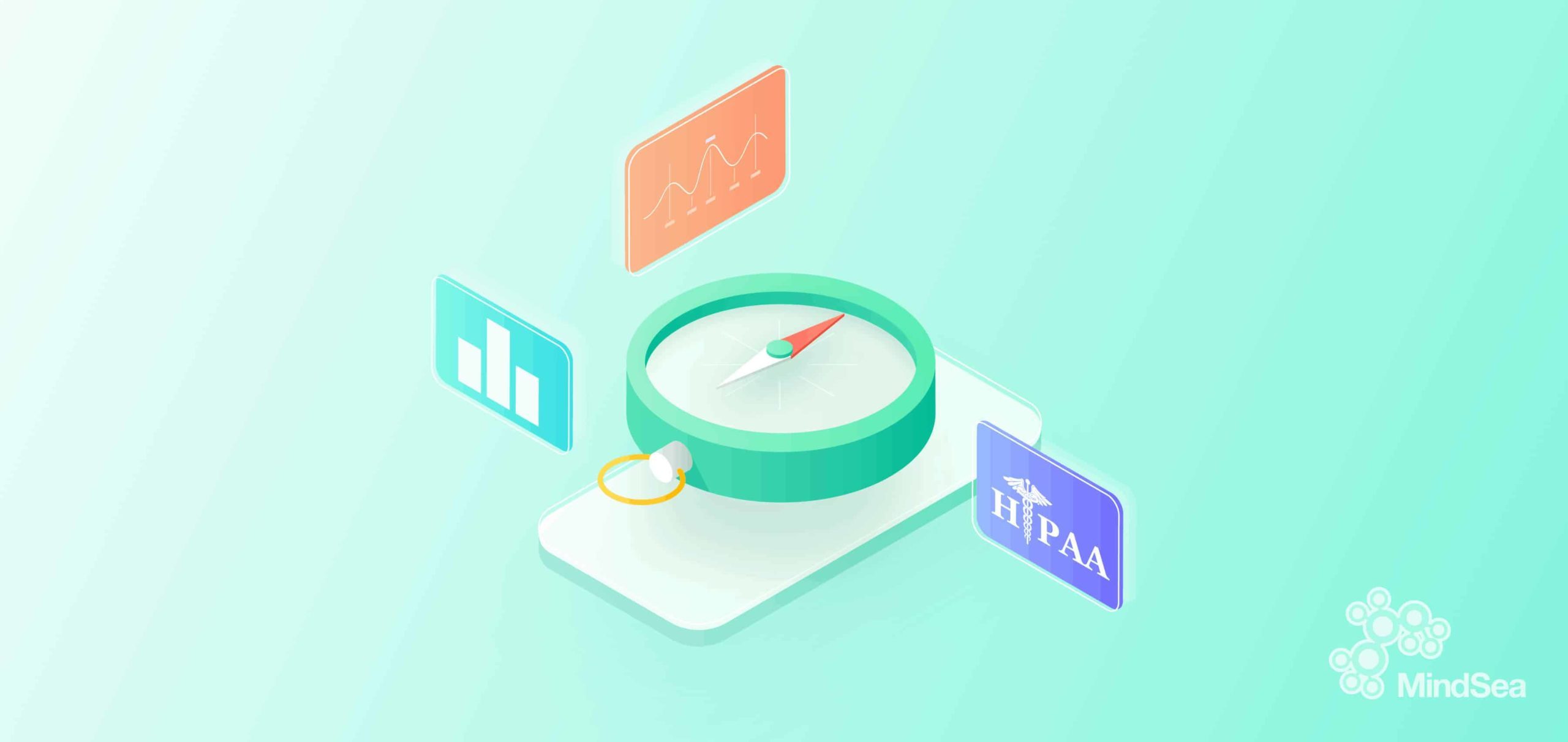
Wrapping Up
There are evidence-based tools out there, like the frameworks mentioned above, that are validated specifically for mHealth apps. These tools can provide valuable insight into dos and don’ts for the development of apps targeting health areas.
Besides the technological features of the apps, user experience and customization are essential to keep users engaged. The design and technical development of the app go hand-in-hand. MindSea can help you develop your mHealth app with our design and development team.
MindSea has partnered and developed several health-tech apps with organizations and startups over the past decade. We have the experience and the capacity to elevate the user experience of your next mobile applications.
